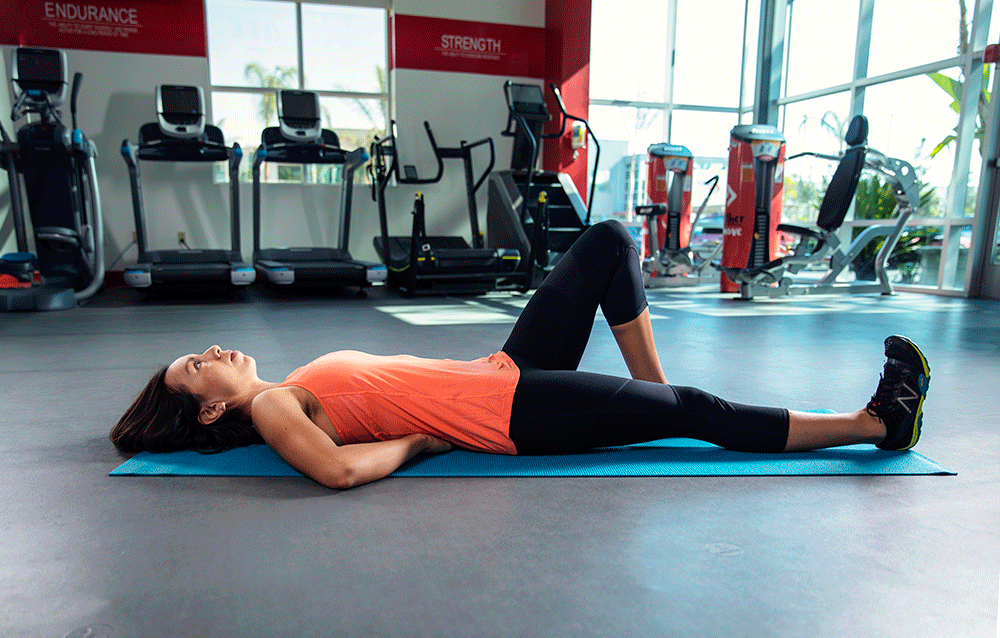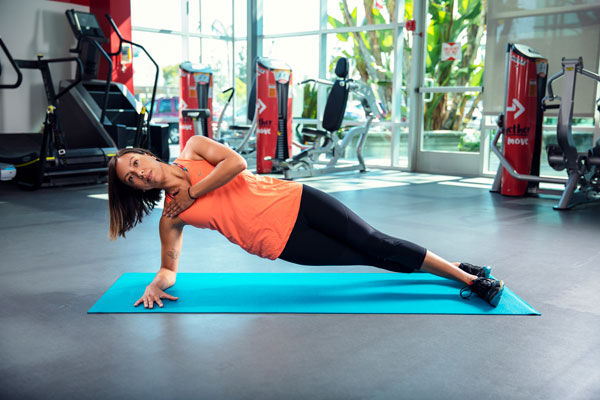Thirty-one million Americans will experience back pain at any given time, according to the American Chiropractic Association, with disc bulges and herniations among the most common causes of low-back pain. One of the most common myths about treating a herniated disc is that stretching will help relieve the pain. In fact, many of us are actually advised to stretch back muscles to achieve symptom relief. In truth, however, stretching often exacerbates the problem, because it puts the low back into flexion, and for people who are intolerant to flexion movements (bending forward), it only makes a bad back worse.
Strengthening exercises are another frequently suggested remedy for back pain, and another commonly circulated myth. More often than not, people experience pain when they move poorly and that happens when they get tired. For example, the likelihood of performing awkward lifts with the back in a deviated position increases with fatigue. In his research on low-back rehab, Dr. Stuart McGill, Professor Emeritus of Spine Biomechanics at the University of Waterloo, has demonstrated that enhancing endurance, not strength, helps people avoid awkward postures that can lead to back pain. In other words: maintaining proper movement over the day requires endurance.
Endurance movements form the backbone of Dr. McGill’s recommended core and low-back exercises. Endurance exercises promote spine stability. “True spine stability is achieved with a ‘balanced’ stiffening from the entire musculature including the rectus abdominis and the abdominal wall, quadratus lumborum, latissimus dorsi and the back extensors of longissimus, iliocostalis and multifidus,” explains McGill. His “Big Three” exercises create a stiffness that enhances stability in a spine-sparing way and have been shown to create stiffness and stability that lasts after each session. This is particularly helpful for those who have pain from joint instability due to overload or overuse.
How do you stiffen the core to achieve spinal stability? “The abdominal brace enhances stability,” explains McGill, as it engages all of the important muscles. To properly brace, relax the abdominals and then push fingers into the oblique muscles about 5 to 12 cm lateral to the navel. Gently stiffen the abs—you will feel your fingers being pushed out. You can also adjust the brace to fit the level of activity being performed. For heaving lifting, for example, you would stiffen more, while for activities that require spine posture control (e.g., sit to stand) you would stiffen less.
McGill’s “Big Three”
Have clients perform three sets for each low back exercise using the reverse pyramid rep/set scheme. This allows them to build muscular endurance without fatiguing the muscle. Start with a higher number of repetitions for the first set (e.g., eight reps), then decrease by two to six reps, then decrease by another two to four reps on the last set. Hold each movement for no more than eight to 10 seconds. As endurance increases, add repetitions to each set (e.g., 10-8-6, 12-10-8). For side-bridge and birddog, hold eight to 10 seconds per side.
1. The McGill Curl-up
Step 1
Lie down on your back. Extend one leg and bend the knee of the other leg.
Step 2
Put your hands under the lower back to maintain the natural arch of your spine.

Step 3
Pull your head, shoulders and chest off the floor, as though they were all locked together. Lift them up as one unit. Keep your back in neutral position. Don’t tuck your chin or let your head tilt back. Hold for 10 seconds.
Step 4
Slowly lower yourself down. Do half of the repetitions with your left leg bent and half with your right leg bent.
2. The Side Bridge
Step 1
Lie on your side, with your forearm on the floor and elbow underneath your shoulder. Place your hand on the opposing shoulder to stabilize your torso. Pull your feet back so the knees are at a 90-degree angle.

Step 2
Lift the hips off of the floor and hold for 10 seconds. Try to maintain a straight line from your head down to your knees. Make sure that your hips are in line with the rest of your body. When completed turn over to other side.
Optional: For a greater challenge, straighten the legs instead of bending them.

3. The Bird Dog
Step 1
Assume a hands-and-knees position on the floor.

Step 2
Raise the left arm forward while simultaneously extending your right leg back until both are parallel to the floor. Ensure that hips are aligned with the torso and not tilted to one side. Hold for 10 seconds. Repeat on the other side.
These exercises are designed to build a pain-free foundation for more activity. While exercise for back pain is important, it is just as important to remove the cause of tissue strain that is creating pain in the first place. More details about the “Big Three” and strategies to decrease back pain can be found in Dr. McGill’s new book, Back Mechanic, available at www.backfitpro.com.




 by
by 









 by
by